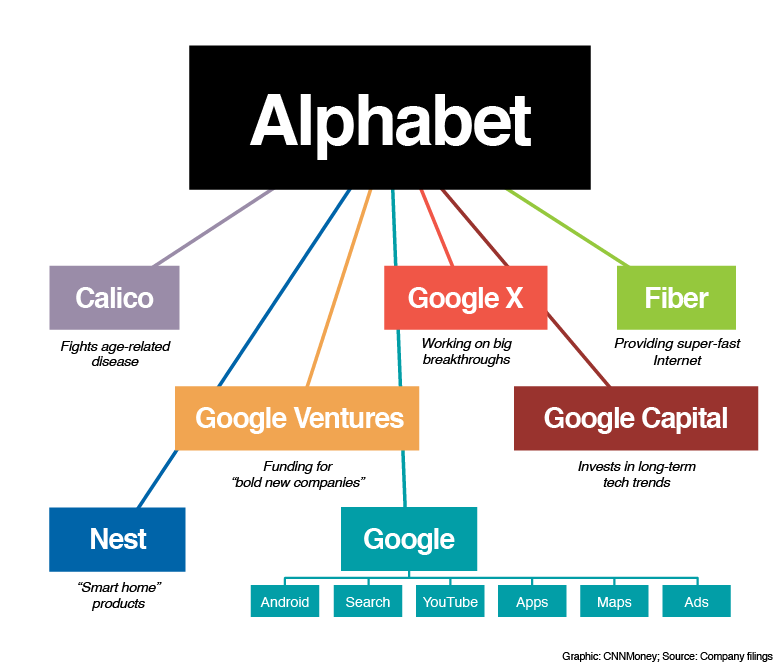At the time of this writing, US market indexes are near all-time highs in spite of falling profits for S&P 500 companies. The only good news is that the fall has not been as precipitously fast as it was during the financial crisis of 2008-9. Therefore, there can be only one reason why the US market indexes are so high. That is, not only has the US Fed kept rates near zero, but other major economies are posturing to lower rates, or have already done so.
With rates being so low in the US for over 6 years, many US companies as well as whole industries have made great strides, or recovered due to the very cheap financing that has been available to them to prop up their finances. This act alone, for so long, is highly unusual and should give all investors pause. The Chinese government has taken notice, by lowering their own key lending rates a total of 6 times in the last year alone. Europe has strongly hinted lately that they will do the same.
So by review of market data from a number of sources, it appears that without continuous stimulus by the US Fed, the US market should have dipped back into recession in 2011, followed by the longest recession ever seen. This did not happen due mainly to the extraordinary moves by the Fed. Other economies such as China by their actions are hoping to avoid a recession of their own, and Europe is also following suit.
The moves by the Fed to lower rates have also served to strengthen the US dollar vs. other currencies. This was true even before other international governments began lowering their rates. This in turn has had the effect of making US exports less profitable, due to the currency imbalance. Since the current reality is that many large US companies derive most of their profits from overseas, this currency imbalance has limited their growth. The US Fed would be foolish to begin raising rates when much of the rest of the world is lowering theirs. Doing that would stifle growth further, which the Fed is hoping to avoid. It is clear that the US Fed will provide action by inaction, namely to continue to keep rates near zero for the foreseeable future. Certainly, this will keep the market from crashing, but such unprecedented moves may be the only reason why the market has not crashed.
Unfortunately, the fact remains that healthy economies do not keep their interest rates near zero for over 6 years, or indefinitely. It possible that economies such as China and Europe will also keep rates extraordinarily low for the next 6+ years. No one knows how this will affect the world market, since the world has never seen this happen before. We will explore more the difficulty that the Feds continue to face, ie why they each know that they cannot raise interest rates, in a future blog.

